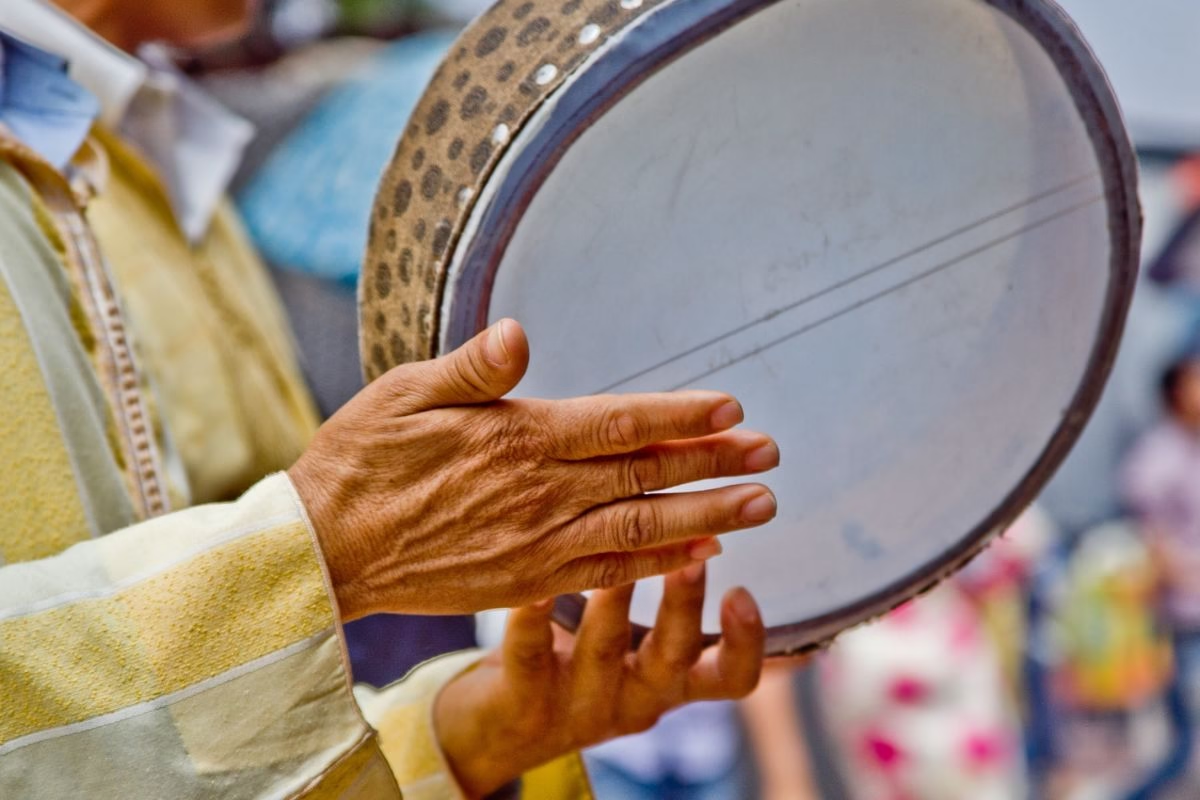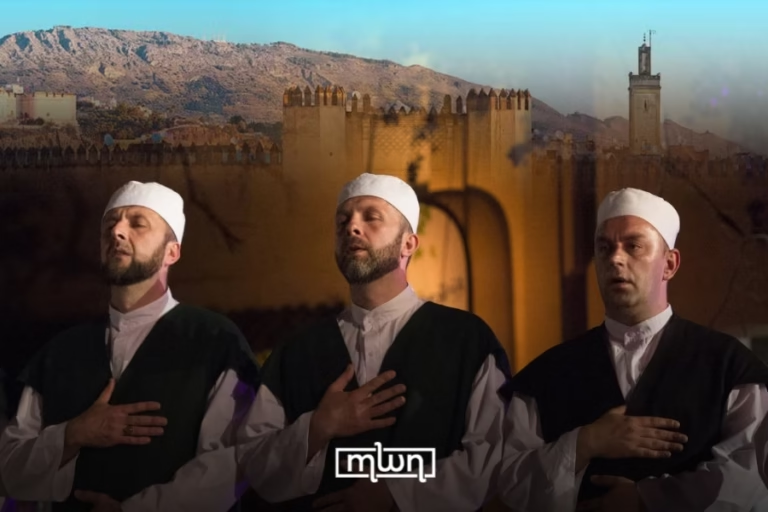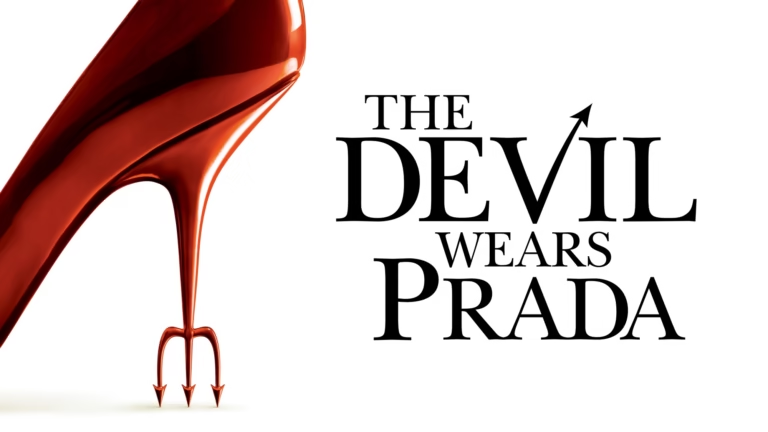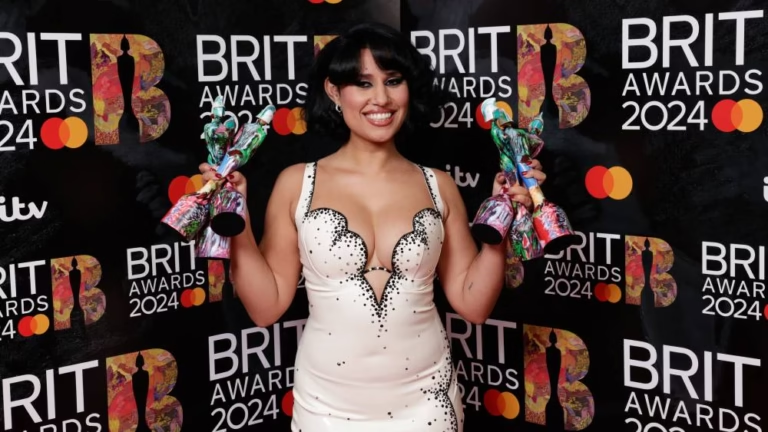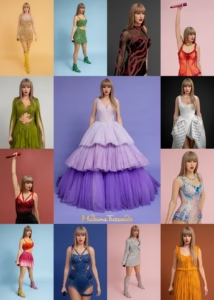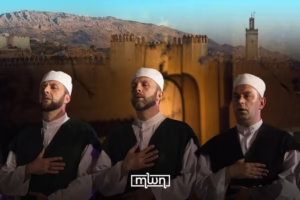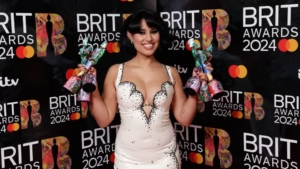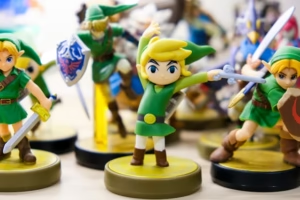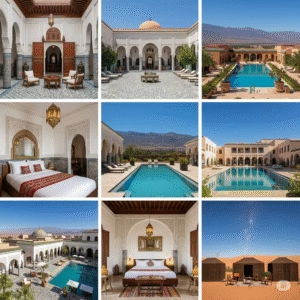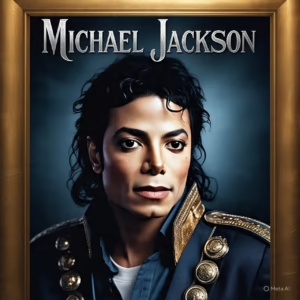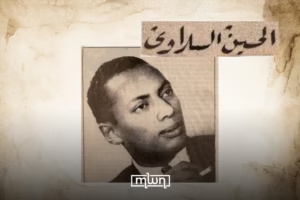Rabat – Moroccan music is incredibly diverse, reflecting the country’s wide range of geographic regions and social groups. Its rich soundscape is shaped by Amazigh, Saharan, Andalusi, Mediterranean, and other cultural influences.
Among many genres, traditional styles continue to define Morocco’s sonic identity.
Aita
Aita, meaning “cry” or “lament,” is a popular Bedouin style that originates from urban centers and the Atlantic coastal plains, such as Doukkala-Abda, Chaouia-Ouardigha, and Rhamna.
Amazigh folk music
The country’s indigenous Amazigh population also brings a wealth of musical traditions, often blending poetry, rhythm, and movement.
Ahwach
It is a musical collective that performs dance, singing, and poetry associated with southern Moroccan Amazigh communities, especially around Ouarzazate, the Draa Valley, and Souss.
Ahidous
In the Middle and Eastern High Atlas Amazigh tribes, Ahidous is a style of collective dance and song, performed during celebrations and village gatherings to express unity and joy.
Guedra
Initially, Guedra is a drum made from earthen cookware over which a hide is stretched. The instrument’s name was then representative of the music and dance of the “Blue People,” or the Tuareg of the Moroccan Sahara.
Andalusi classical music
Also known as ṭarab andalusi or Musiqa al-Āla, Andalusi classical music is one of the oldest surviving art music traditions in the world.
Originating in Al-Andalus (Muslim Iberia) between the 9th and 15th centuries, it was brought to Morocco after the Reconquista and remains deeply rooted in cities like Fez and Tetouan.
The music draws from Arabic poetry, particularly works by Al-Shushtari and Ibn al-Khatib, and was shaped by early pioneers such as Ziryab.
Chaabi
Meaning “popular” in Arabic, Chaabi music is a vibrant, folk-derived genre that evolved from diverse regional traditions.
Originally played in souks and public squares, it has become a staple at Moroccan weddings and celebrations.
Its catchy rhythms and relatable lyrics often reflect daily life, social commentary, and humor –making it one of the most beloved music styles in the country.
Raï
Though Raï music began in neighboring Algeria, it has flourished in Morocco as well, finding true resonance in eastern Moroccan cities such as Oujda and Berkane.
Known for its bold lyricism and use of code-switching between Arabic and French, Raï emerged during a time of political unrest as a vehicle for youth expression and resistance.
Its urban popularity stems from its fearless tackling of taboo subjects and its emotionally charged melodies.
Gnaoua Music
Gnaoua is a spiritual and hypnotic musical tradition with roots in sub-Saharan Africa.
Introduced to Morocco by enslaved West Africans, Gnaoua music blends religious ritual with healing ceremonies.
Performed with instruments like the guembri (a three-stringed lute), tbel (drums), and qraqeb (castanets), it is often accompanied by trance-inducing dances and symbolic rituals involving color, incense, and chanting.
Gnaoua musicians are revered as spiritual healers as much as performers.
Malhun
Malhun is a poetic and melodic musical tradition tied to Morocco’s historic cities like Fez, Meknes, and Tetouan.
It features sung poetry, often in zajal or qasida form, with lyrics reflecting themes of love, religion, or politics.
Known for its elegant phrasing and classical instrumentation, Malhun bridges oral storytelling with urban refinement and is considered a cornerstone of Morocco’s cultural heritage.
Sufi music
Deeply spiritual and rooted in Morocco’s many tariqas (Sufi brotherhoods), Sufi music is performed as part of religious rituals aiming to achieve states of trance or divine ecstasy.
Characterized by rhythmic chanting (dhikr), use of frame drums and flutes, and repetitive melodic phrasing, Sufi music is central to Moroccan spiritual identity and remains active in hadra ceremonies and local pilgrimages.
Enjoy!
Whether rooted in ancient rituals, poetic traditions, or born in city streets, Moroccan music continues to evolve while honoring its deep cultural roots.

